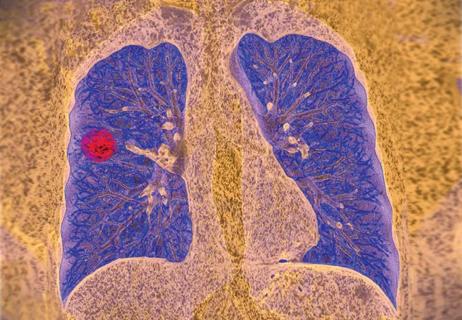
Clinicians generally follow pharmacist advice, but more can be done

Multidisciplinary focus on an often underdiagnosed and ineffectively treated pulmonary disease

Advanced COPD care benefits from diverse medical expertise and perspectives

Pediatricians and adolescent medicine specialists must play a role in curbing teen ENDS usage
Advertisement
Cleveland Clinic is a non-profit academic medical center. Advertising on our site helps support our mission. We do not endorse non-Cleveland Clinic products or services. Policy

Cleveland Clinic research emphasizes taking a holistic and individualized approach to care of septic shock

Pearls to reduce the strain of RSV, COVID-19 and influenza infections

Management and diagnostic insights from an infectious disease specialist and a pulmonary specialist

Largest study examines factors affecting asthma exacerbations during and after pregnancy

Resection, radiotherapy or ablation?

More than 30% of patients die when early dialysis is needed after surgery
Advertisement
Advertisement